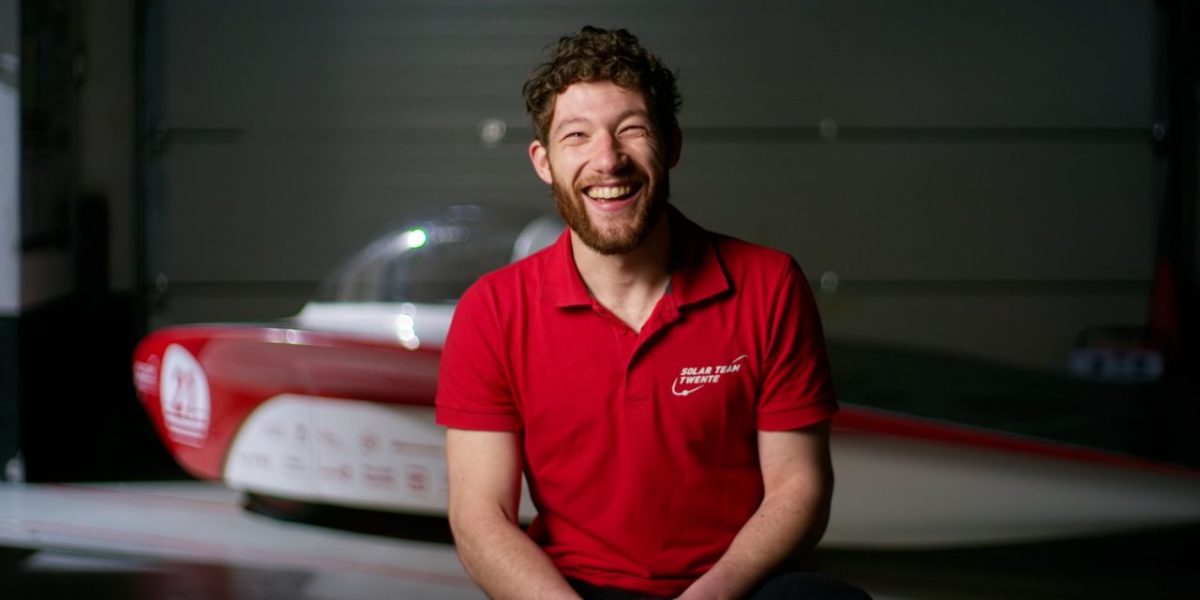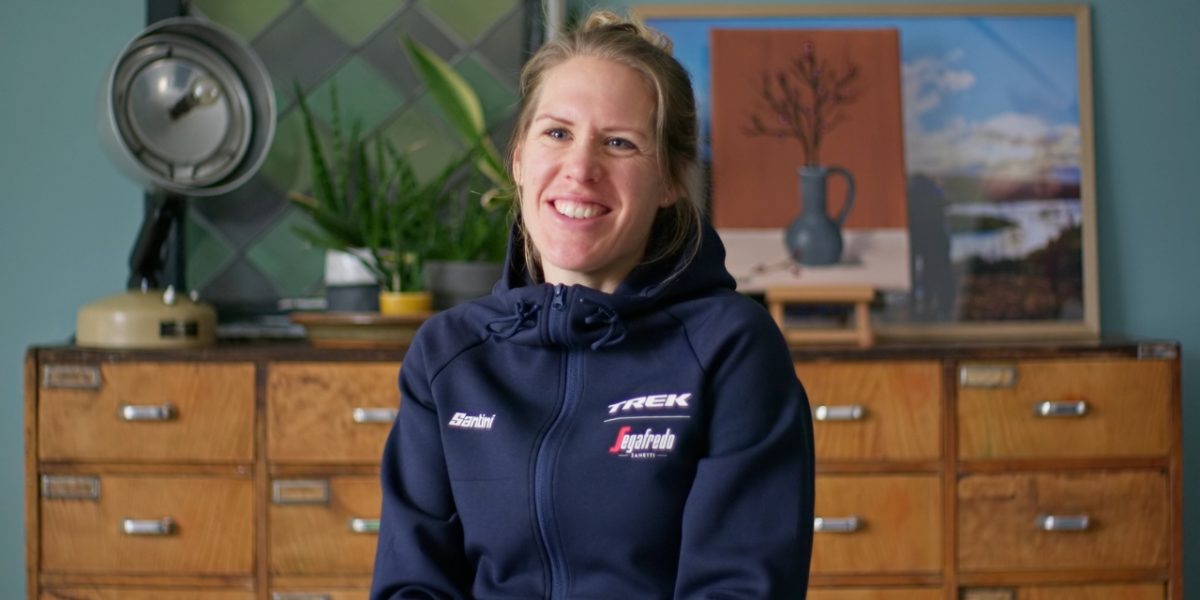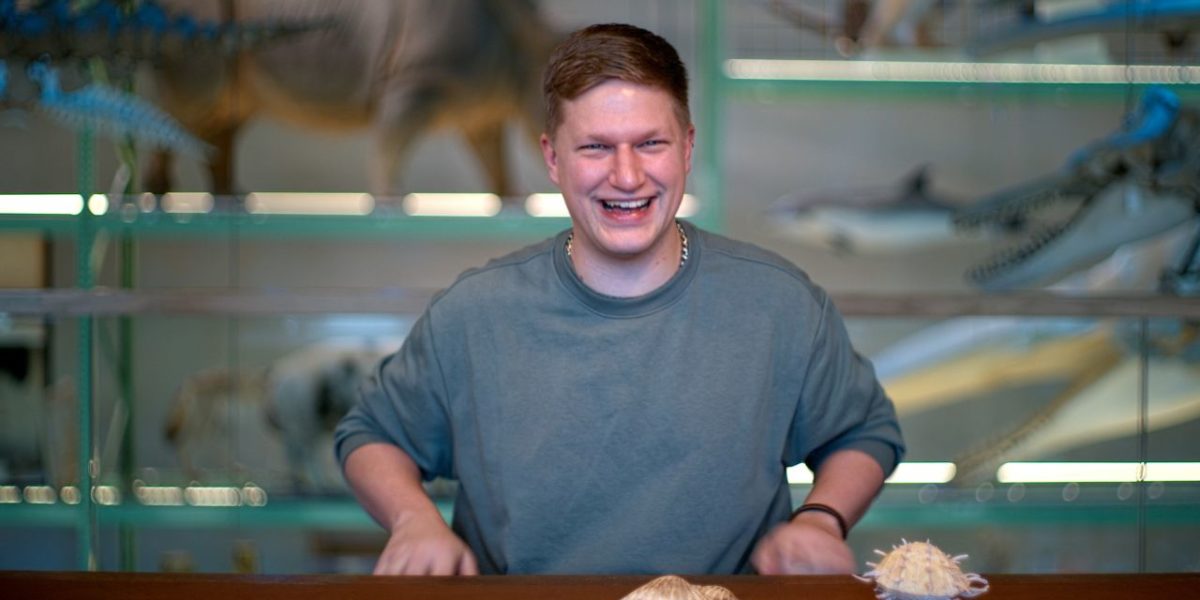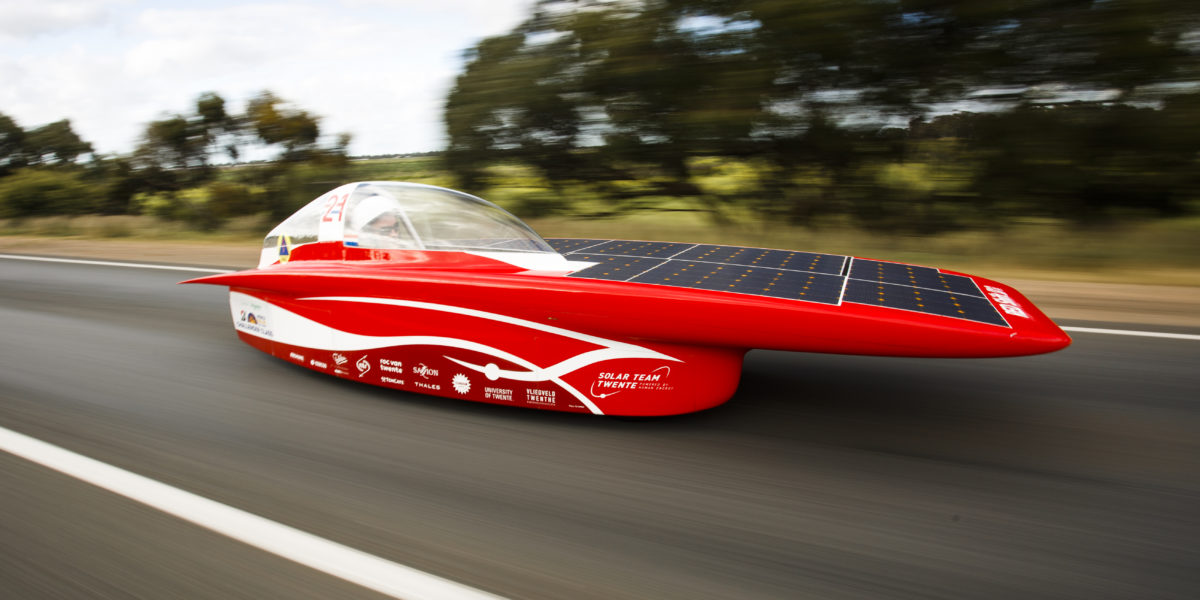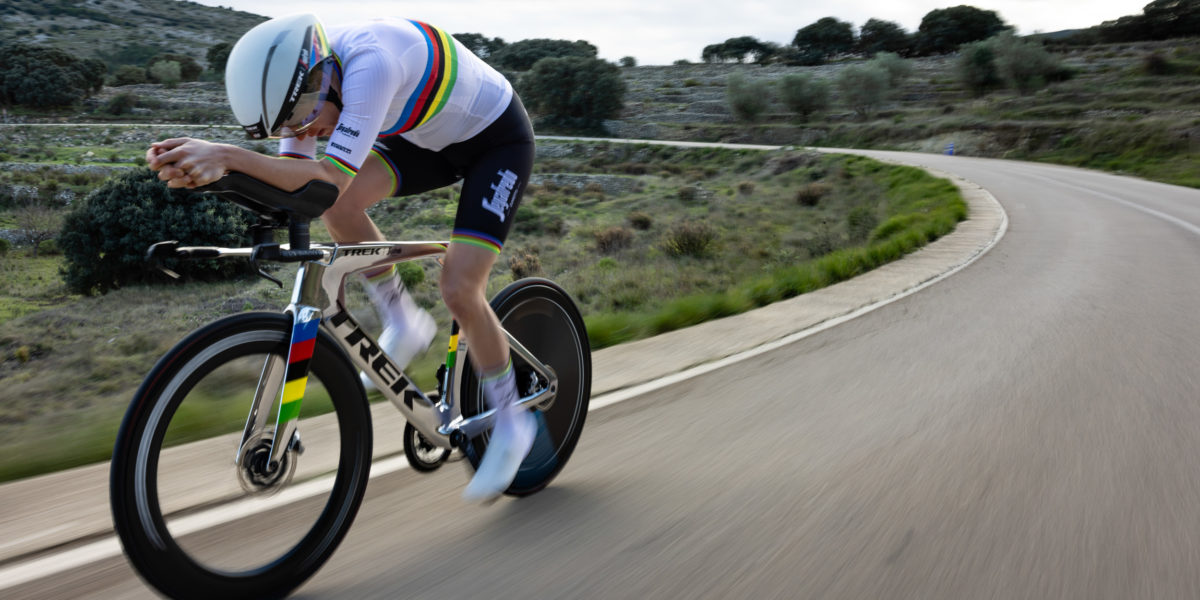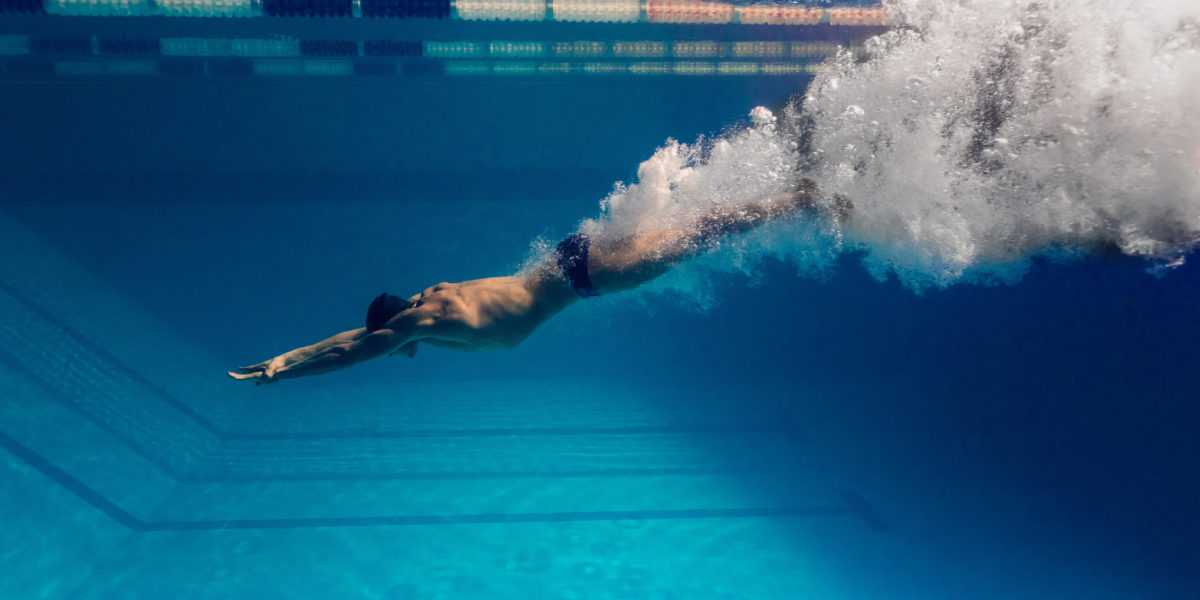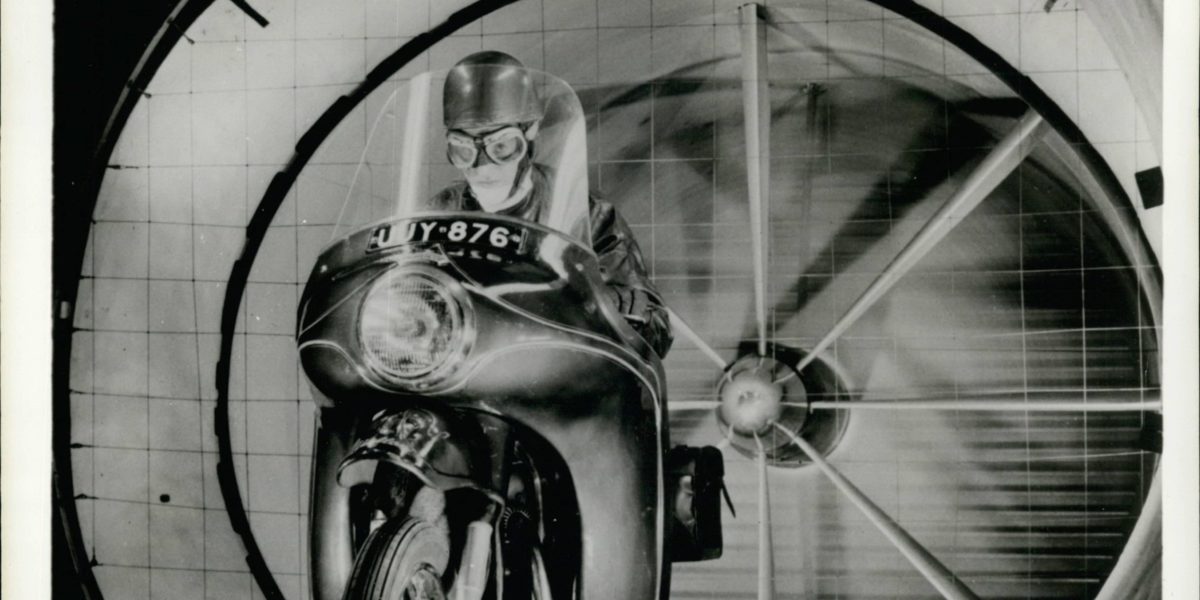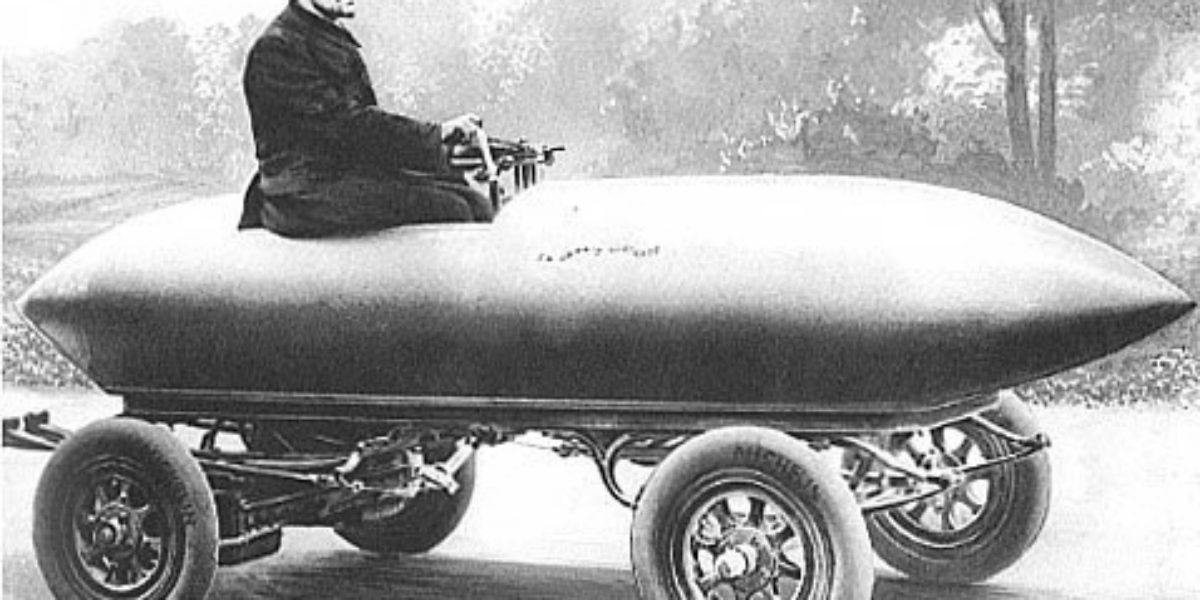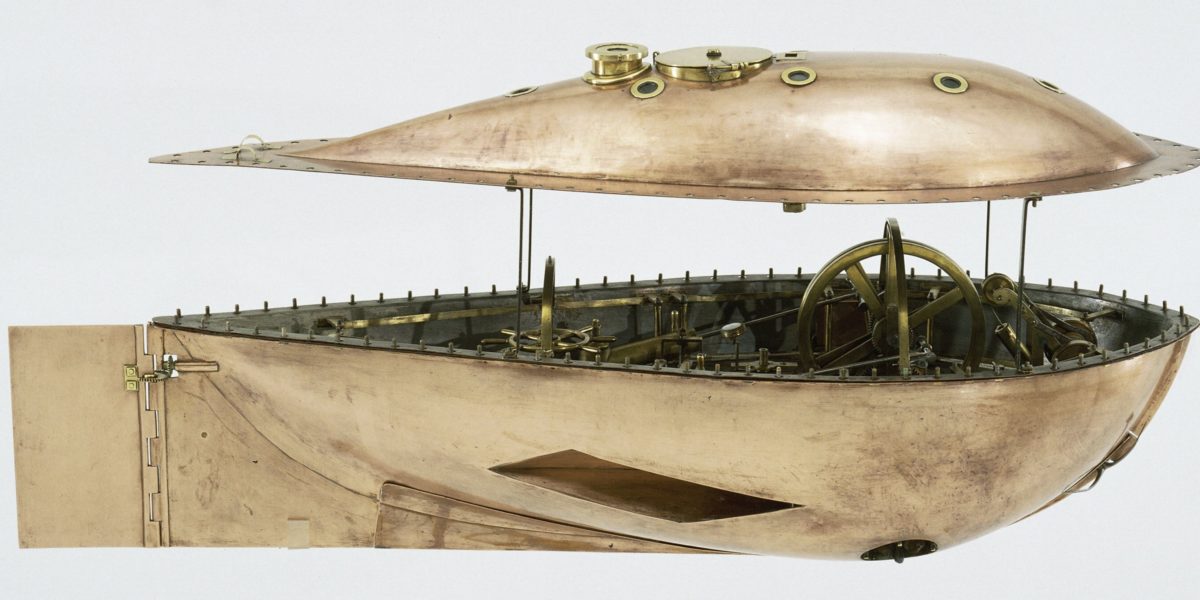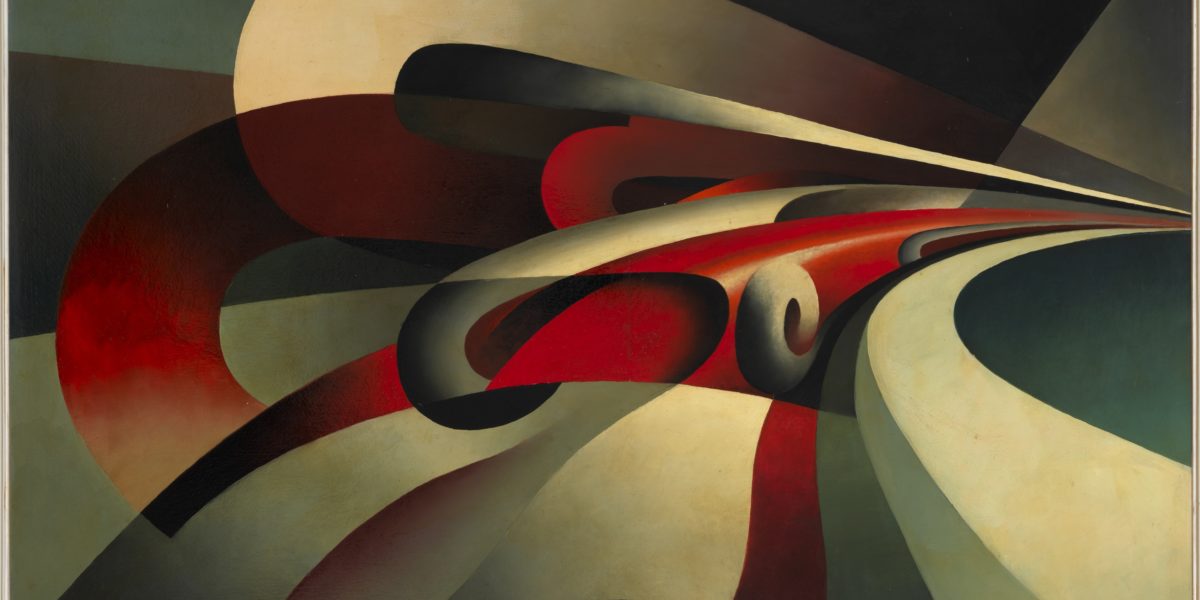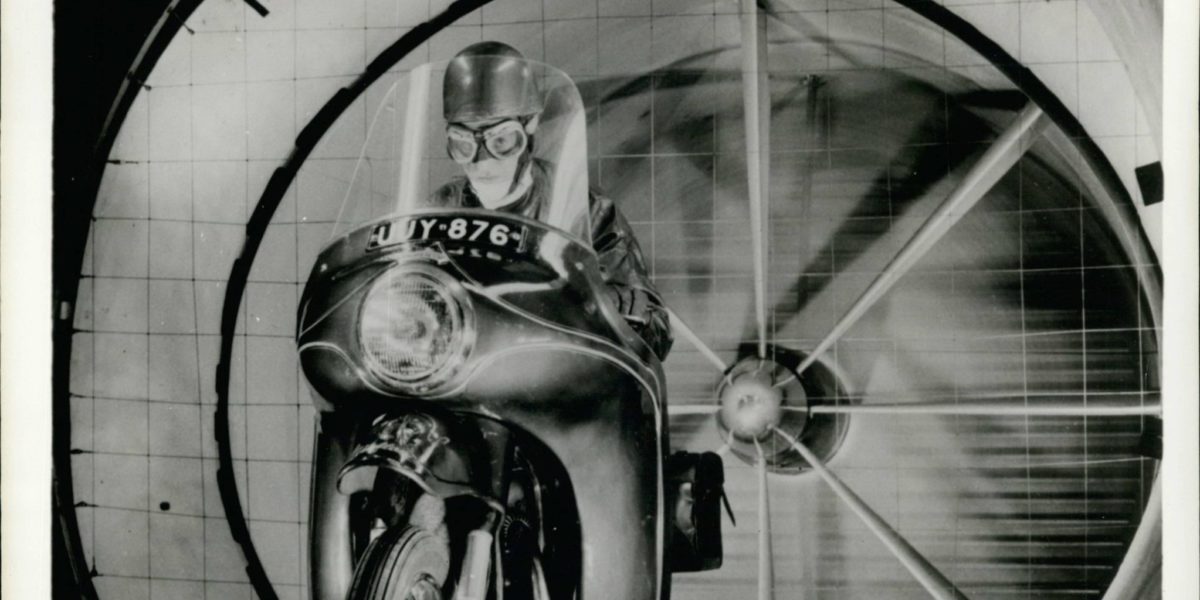Historical streamlining books
Much has been and continues to be written about streamlining, the design style as well as the scientific phenomenon. Below a selection of historical books by curator Tomas van den Heuvel that are also on display in the exhibition Faster, better, more beautiful – the design of progress.
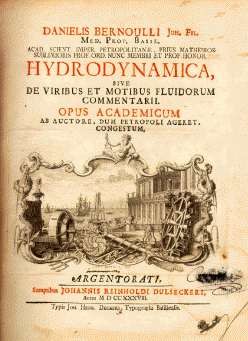
Hydrodynamica by Daniel Bernouilli, 1738
The Swiss scientist Daniel Bernouilli is mainly known for ‘Bernouilli’s Law’. This principle asserts that a higher velocity of a liquid is accompanied by a reduction of pressure. He described this principle for the first time in this famous book, and gave his name to the field of hydrodynamics.
Horizons by Norman Bel Geddes, 1932
In the renowned book Horizons Bel Geddes explained his ideas on the design of the future. The book contributed to the growing popularity of streamlined design.
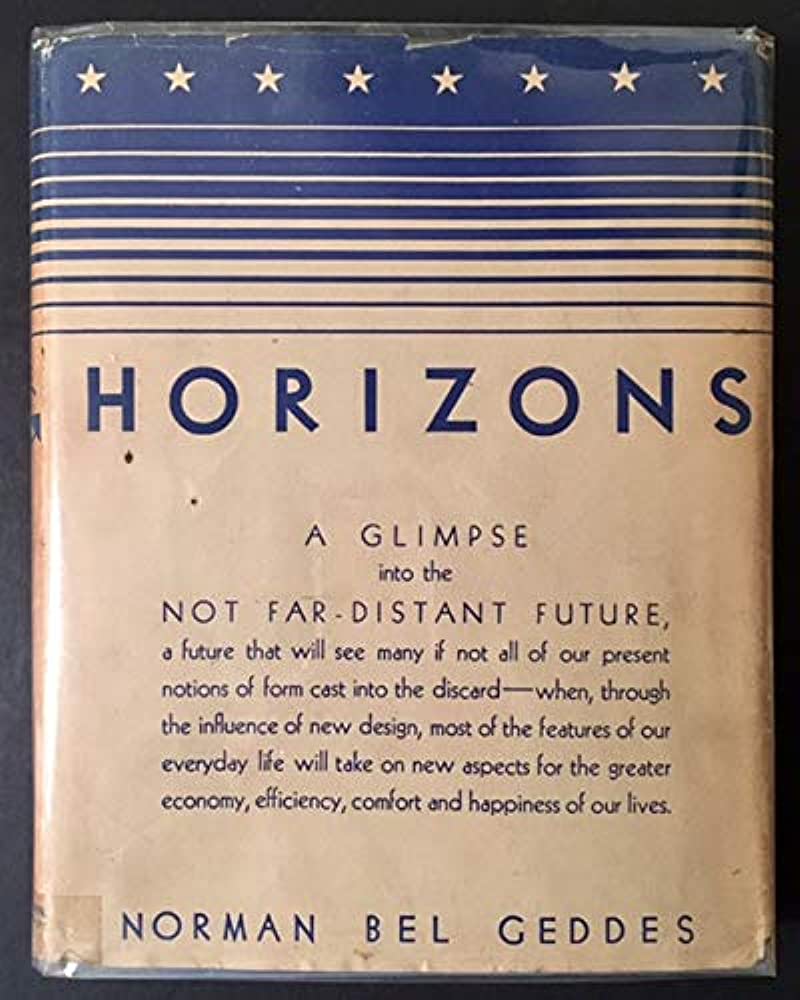
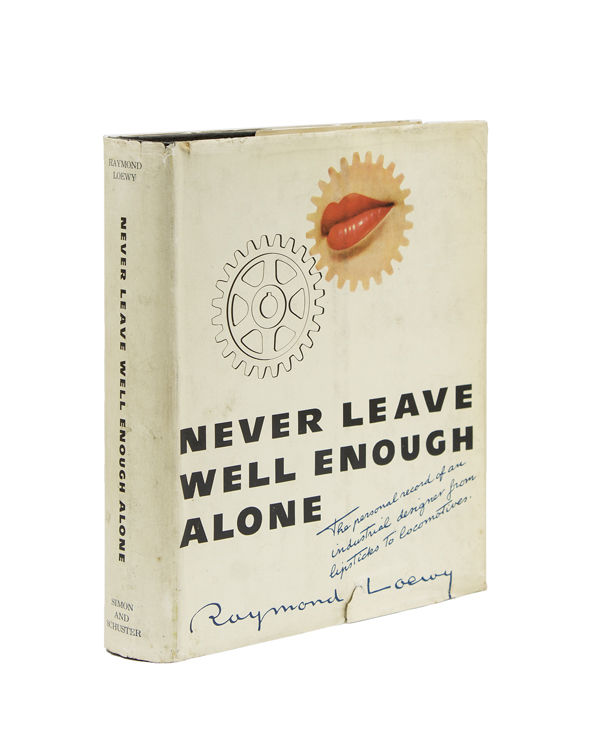
Never Leave Well Enough Alone by Raymond Loewy, 1951
The French title of this book, which can be translated as ‘ugliness is hard to sell’, nicely summarises designer Raymond Loewy’s views on good industrial design. In his view good design had to be sound, but also attractive and therefore saleable.
The Principles of Scientific Management by Frederick Winslow Taylor, 1911
Mechanical engineer Frederick Taylor is viewed as the originator of scientific management. He saw an important role reserved for managers in the work process. They should impose the most efficient method on employees and monitor its correct execution.
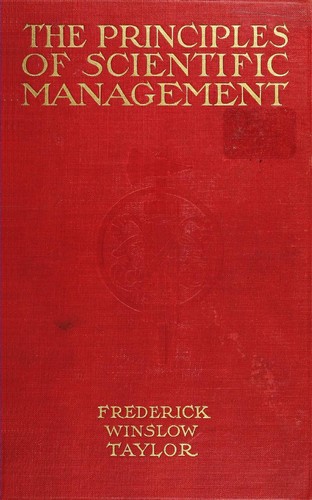
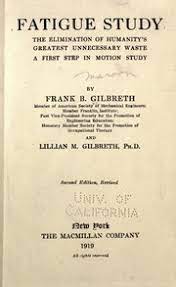
Fatigue Study by Frank B. Gilbreth, 1919
Mr Frank and Mrs Lillian Gilbreth were influenced by the work of Frederick Taylor, but focused on something different. Whereas Taylor mainly wanted to improve the efficiency of the production process, the Gilbreths wanted to streamline the movements themselves. By reducing unnecessary movements, employees could spare themselves effort and work more efficiently.
Design This Day. The Technique of Order in the Machine Age by Walter Dorwin Teague, 1940
Just like many of his contemporaries, the industrial designer Walter Dorwin Teague connected the ideal form of design with the process of evolution. The perfect, streamlined form was said to be created by a natural adaptation to its supposed purpose.
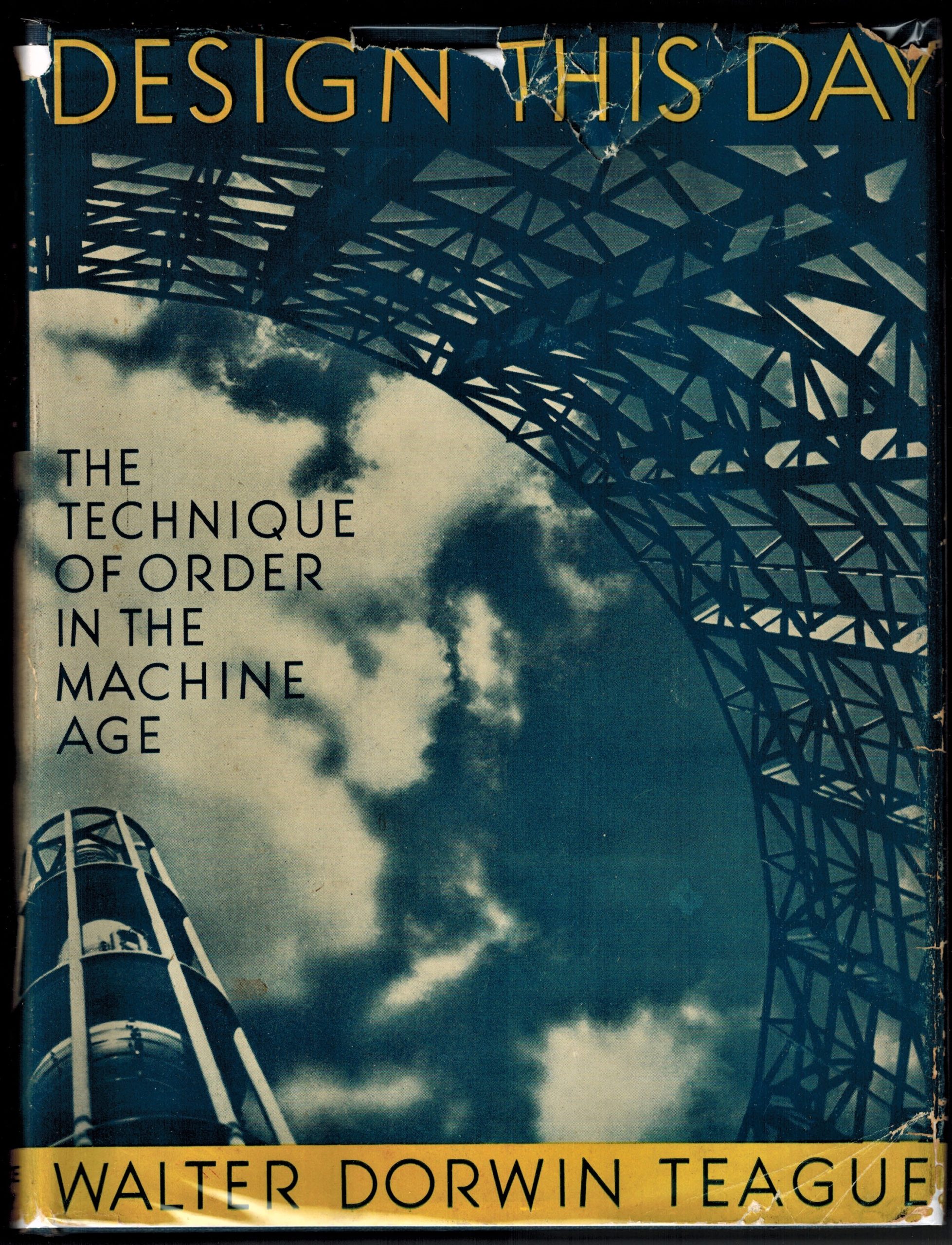
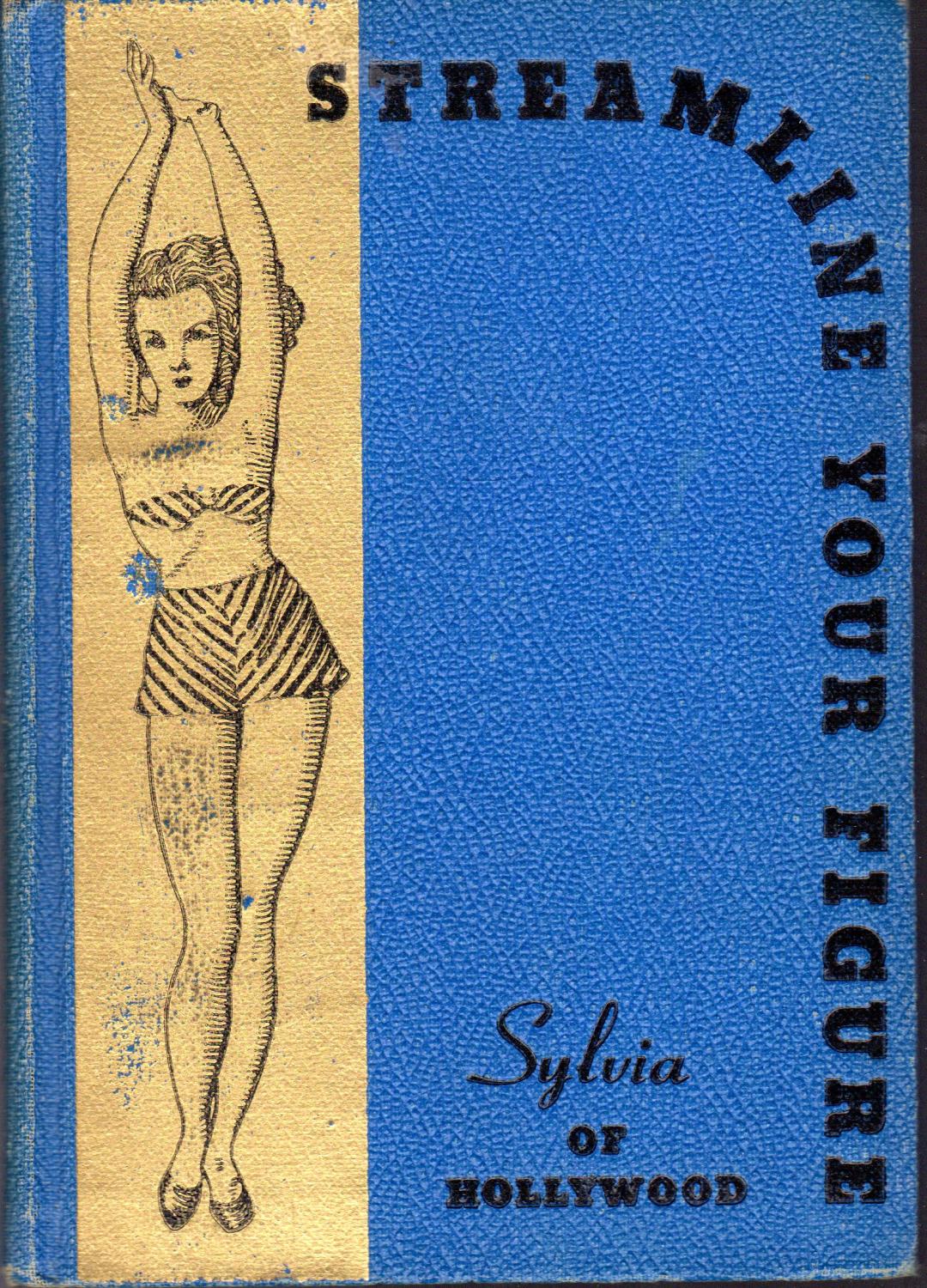
Streamline your Figure by Sylvia Ulback, 1939
Sylvia Ulback, better known as ‘Sylvia of Hollywood’, was one of the first modern fitness gurus of the American film industry. With her stringent regime of fitness, massages and diets she kept movie stars slim for the camera. The widespread popularity of her methods was in keeping with a growing obsession with fitness and ‘streamlining’ of the body.
Streamline: The Modern Story Picture Book by Kildare King and William Howard Montgomery, 1935
For readers who prefer a lighter read: a picture book especially for children with 9 stories about streamlined transportation.


